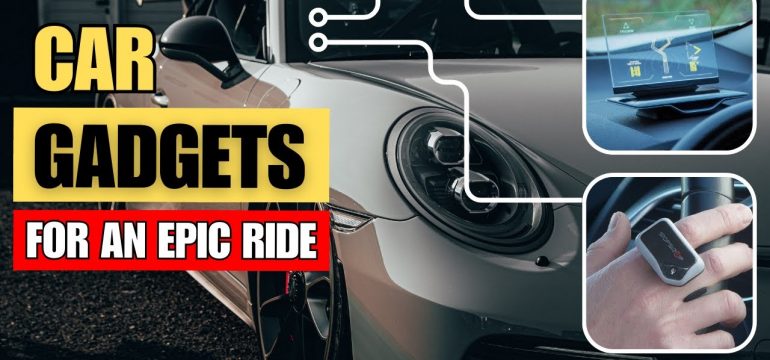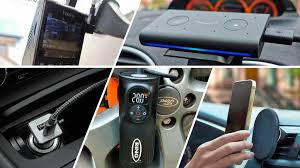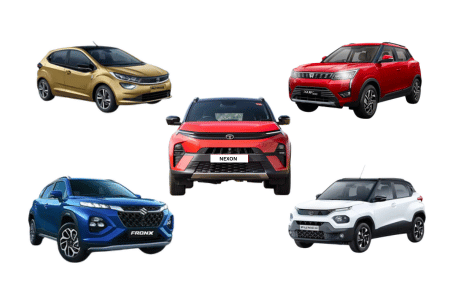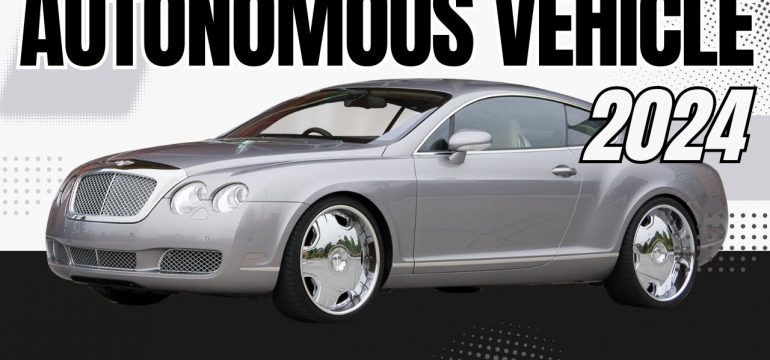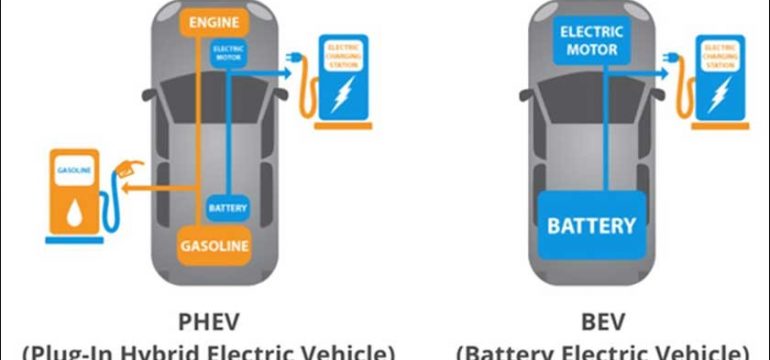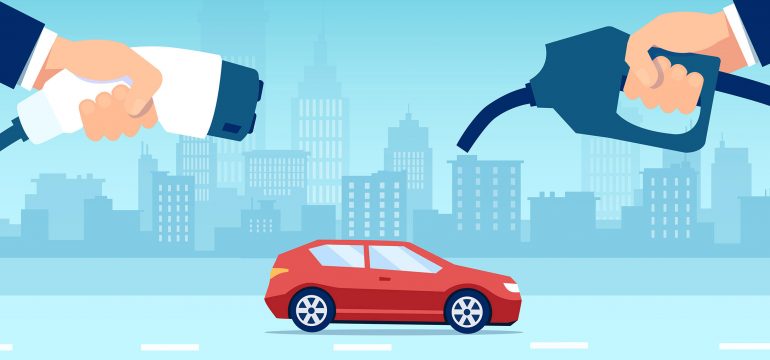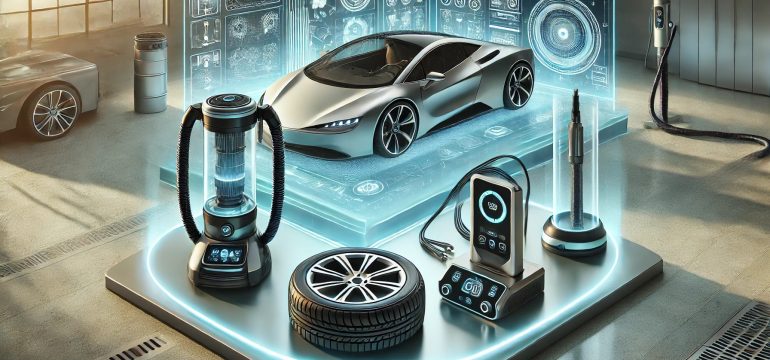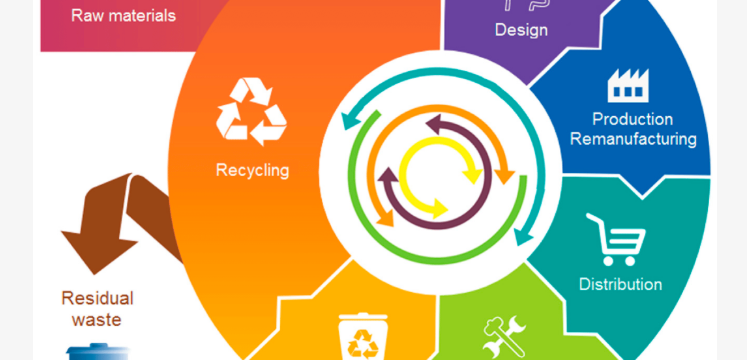Long road trips can be a wonderful way to explore new places, unwind, and enjoy some quality time with friends or family. However, long drives come with their own set of challenges—whether it’s staying alert behind the wheel, keeping passengers entertained, or ensuring the car remains in top shape for the entire journey. Fortunately, in 2024, technology has made road trips safer and more enjoyable than ever. From innovative safety gadgets to entertainment systems, the latest car accessories are designed to enhance every aspect of your long drive.
In this blog, we’ll explore the best gadgets for 2024 that can elevate your road trip experience, making it safer, more comfortable, and more fun for everyone involved.
1. Advanced Driver Assistance Systems (ADAS)
Safety is always the top priority when embarking on a long journey, and Advanced Driver Assistance Systems (ADAS) are leading the way in keeping drivers and passengers safe. Many modern vehicles come equipped with these systems, but there are also aftermarket options available for cars without ADAS.
Top Features:
- Lane Departure Warning (LDW): Alerts you if you unintentionally drift out of your lane.
- Adaptive Cruise Control (ACC): Maintains a safe distance from the car in front, adjusting speed automatically.
- Collision Avoidance System: Detects potential collisions and can automatically apply the brakes if necessary.
- Blind Spot Monitoring: Warns you if there’s a vehicle in your blind spot, making lane changes safer.
Having ADAS onboard is like having a co-pilot who ensures your safety during those long stretches of highway. With these systems working in the background, you can stay focused on the road while feeling more confident and secure.
2. Dash Cams: For Security and Peace of Mind
A dash cam is a must-have gadget for long trips, offering both security and the ability to capture the journey’s best moments. Dash cams provide constant video recording of your drive, serving as a great way to monitor driving behavior, protect yourself in case of an accident, or simply record scenic vistas during your road trip.
Top Features:
- High-Resolution Recording: Modern dash cams now come with 4K recording, ensuring that all details on the road are captured with clarity.
- Parking Mode: Some models feature a parking mode that continues recording even when the car is parked, providing additional security against vandalism.
- Wi-Fi and Cloud Backup: Many dash cams offer cloud storage and Wi-Fi connectivity, so you can instantly back up footage for easy access and sharing.
With a dash cam, not only will you be able to capture unexpected events, but you also have an added layer of protection in case of accidents or disputes.
3. Portable Jump Starters: Stay Prepared for the Unexpected
Flat batteries can ruin any road trip, but portable jump starters have become a game-changer in 2024, allowing you to quickly revive a dead battery without the need for another vehicle. These compact devices fit easily in your glove box or trunk, ensuring you’re always prepared for the worst.
Top Features:
- Compact & Lightweight: Modern jump starters are incredibly compact, allowing for easy storage while offering powerful performance.
- Multi-Functionality: Many models come with additional features like USB ports to charge your devices, flashlights for emergencies, and even air compressors to inflate tires.
- Safety Features: Look for jump starters with built-in protections against reverse polarity, overcharging, and short circuits to ensure safe operation.
With a portable jump starter, you can avoid the hassle of waiting for roadside assistance and get back on the road faster.
4. Wireless Tire Inflators: Keep Your Tires in Check
Maintaining optimal tire pressure is crucial for safety, fuel efficiency, and tire longevity. A wireless tire inflator is a small but essential gadget to carry during long drives, allowing you to easily check and inflate your tires without the need for a gas station air pump.
Top Features:
- Digital Pressure Gauge: Many inflators now include a digital display that shows tire pressure in real-time, ensuring you always know if your tires are properly inflated.
- Auto Shut-Off: Set your desired tire pressure, and the inflator will automatically shut off once the correct level is reached, preventing over-inflation.
- Portable Design: These inflators are lightweight and rechargeable, making them easy to store and use when needed.
Carrying a tire inflator gives you peace of mind, especially during long road trips where tire pressure can fluctuate due to changes in temperature and terrain.
5. Bluetooth Car Kits: Hands-Free Communication and Music Streaming
Staying connected and entertained during a long drive is key to keeping everyone happy. A Bluetooth car kit offers a simple solution for hands-free communication and wireless music streaming, so you can focus on driving without distractions.
Top Features:
- Hands-Free Calling: Use voice commands to make and receive calls without touching your phone, ensuring your hands remain on the wheel.
- Music Streaming: Stream your favorite playlists or podcasts directly from your phone to the car’s speakers.
- Voice Control Integration: Many Bluetooth kits now work seamlessly with Google Assistant and Siri, letting you control navigation, music, and other functions with just your voice.
A Bluetooth car kit makes your journey more enjoyable and safer, allowing you to stay connected without compromising on attention to the road.
6. Inflatable Travel Pillows and Seat Cushions: Comfort for the Long Haul
For long drives, comfort is crucial. Inflatable travel pillows and seat cushions are simple yet effective gadgets that help make hours on the road much more bearable. They provide extra support for your neck, back, and lumbar region, making it easier to relax during your trip.
Top Features:
- Portable & Lightweight: These travel accessories are easy to store and inflate/deflate as needed, making them ideal for road trips.
- Ergonomic Support: Many travel pillows and seat cushions are designed to provide better posture and support, reducing discomfort during long hours in the car.
- Breathable Fabric: Look for options made from breathable, moisture-wicking fabric to keep you cool and comfortable throughout the journey.
These travel comforts make it easier to enjoy the ride and arrive at your destination feeling less stiff and fatigued.
7. Car Wi-Fi Hotspots: Stay Connected on the Go
A car Wi-Fi hotspot is becoming an essential gadget for those who need to stay connected while on the road. Whether for work or entertainment, having a reliable internet connection during long drives is a game-changer for both solo travelers and families.
Top Features:
- Unlimited Data Options: Many mobile hotspots now offer unlimited data plans, allowing multiple devices to stay connected without worrying about data caps.
- Fast 4G/5G Connectivity: With 5G networks becoming more widely available, these hotspots provide blazing-fast internet speeds, perfect for streaming movies or conducting video calls.
- Easy Setup: Many hotspots are plug-and-play, connecting seamlessly to your car’s existing system.
Having a car Wi-Fi hotspot makes long drives feel less like an isolated journey and more like a mobile office or entertainment center.
8. Travel Fridges and Coolers: Stay Refreshed on the Road
Keeping snacks, drinks, and medications cool is essential during long trips, and portable travel fridges and coolers are the perfect gadgets to ensure everything stays fresh and ready. Whether it’s to store beverages, fresh food, or baby essentials, these fridges provide convenience and comfort.
Top Features:
- Dual-Temperature Zones: Some models allow you to have both a cooling section for drinks and a heating section for keeping food warm, making it a versatile accessory.
- Compact & Rechargeable: Modern travel fridges are lightweight and can be powered via your car’s 12V outlet or even charged at home for portability.
- Energy Efficient: With eco-friendly technology, these fridges can run without draining your car’s battery excessively.
A portable fridge can make a big difference during long trips, providing quick access to refreshing drinks and tasty snacks without the need for frequent stops.
Conclusion: Technology Enhancing Every Mile in 2024
Long drives can be an enjoyable and stress-free experience with the right gadgets. Whether you’re looking for enhanced safety features, entertainment options, or tools to ensure your car’s performance, there’s a gadget for every need in 2024. The devices highlighted above will not only make your road trips safer but also more enjoyable, giving you peace of mind and ensuring you make the most of every mile.
So, the next time you hit the open road, equip yourself with these must-have gadgets and experience the future of road trips!
18
